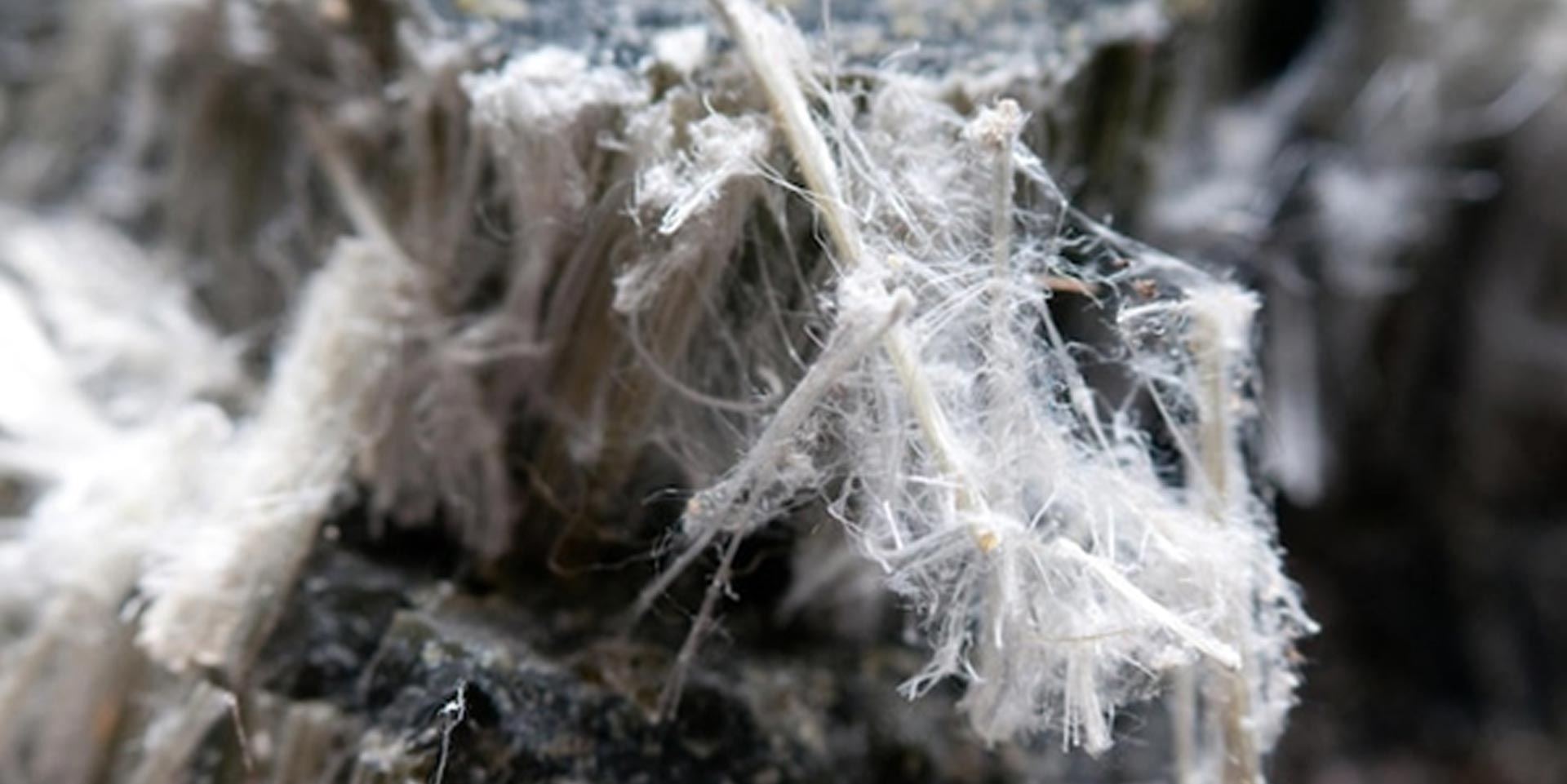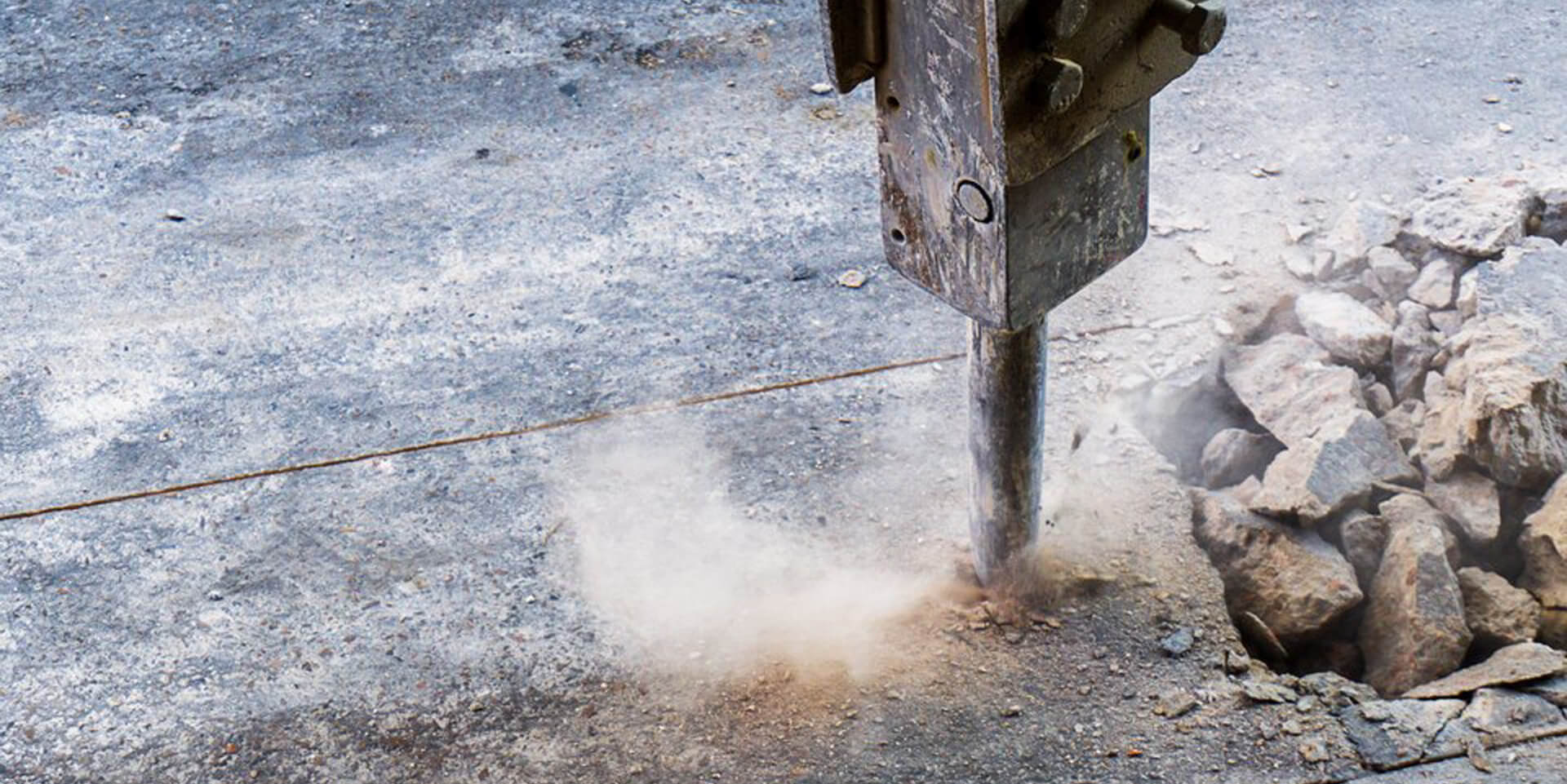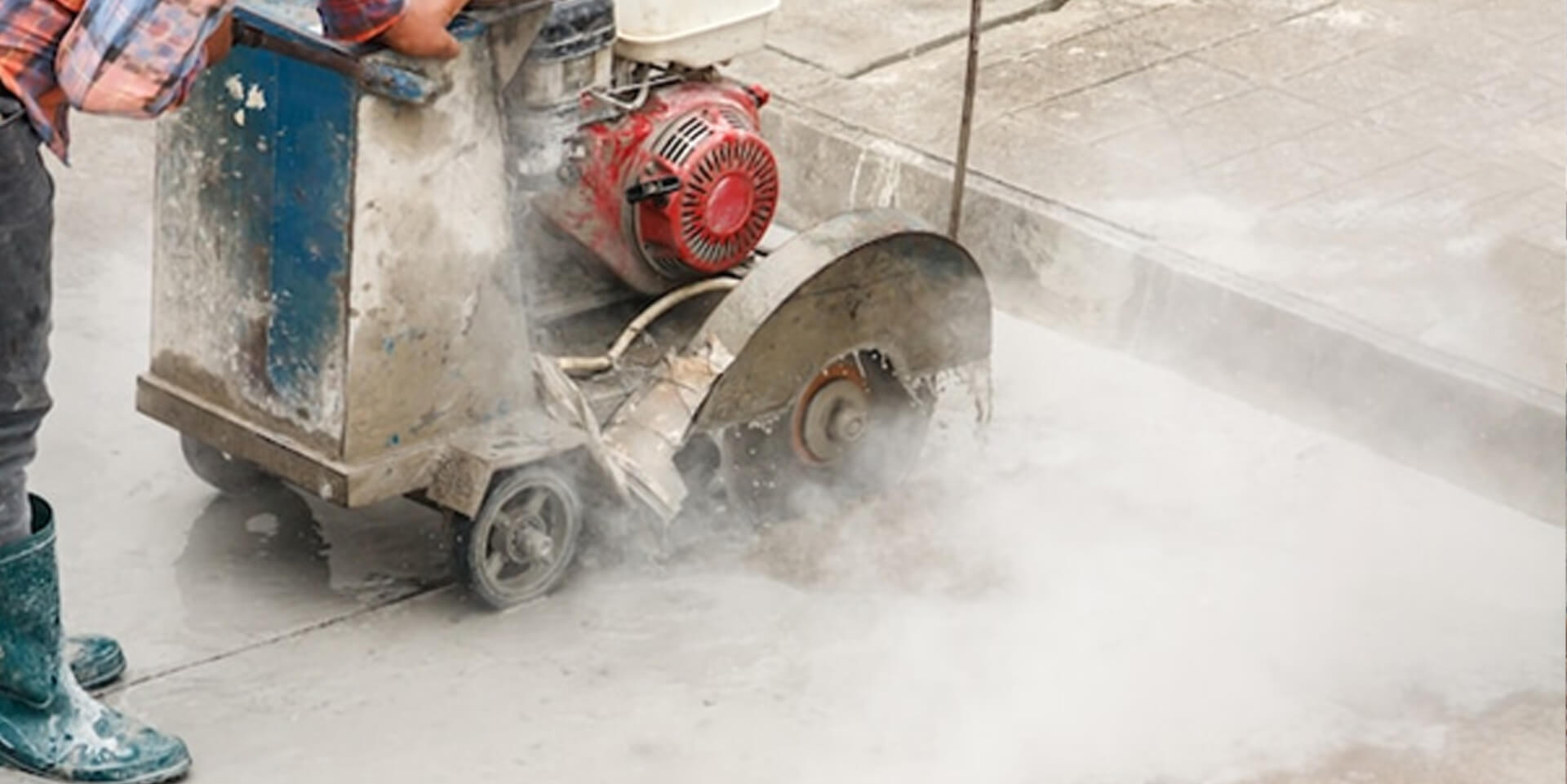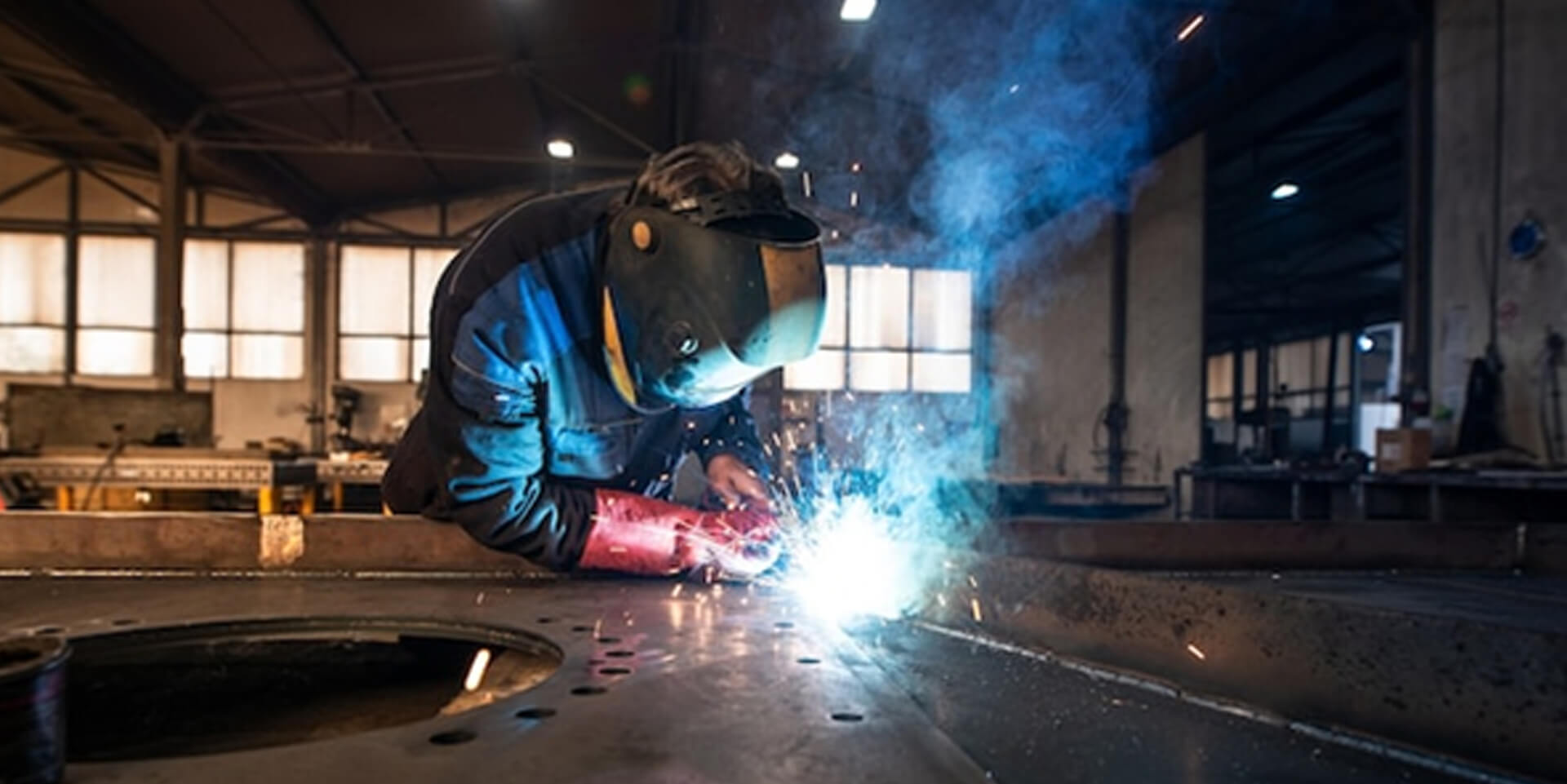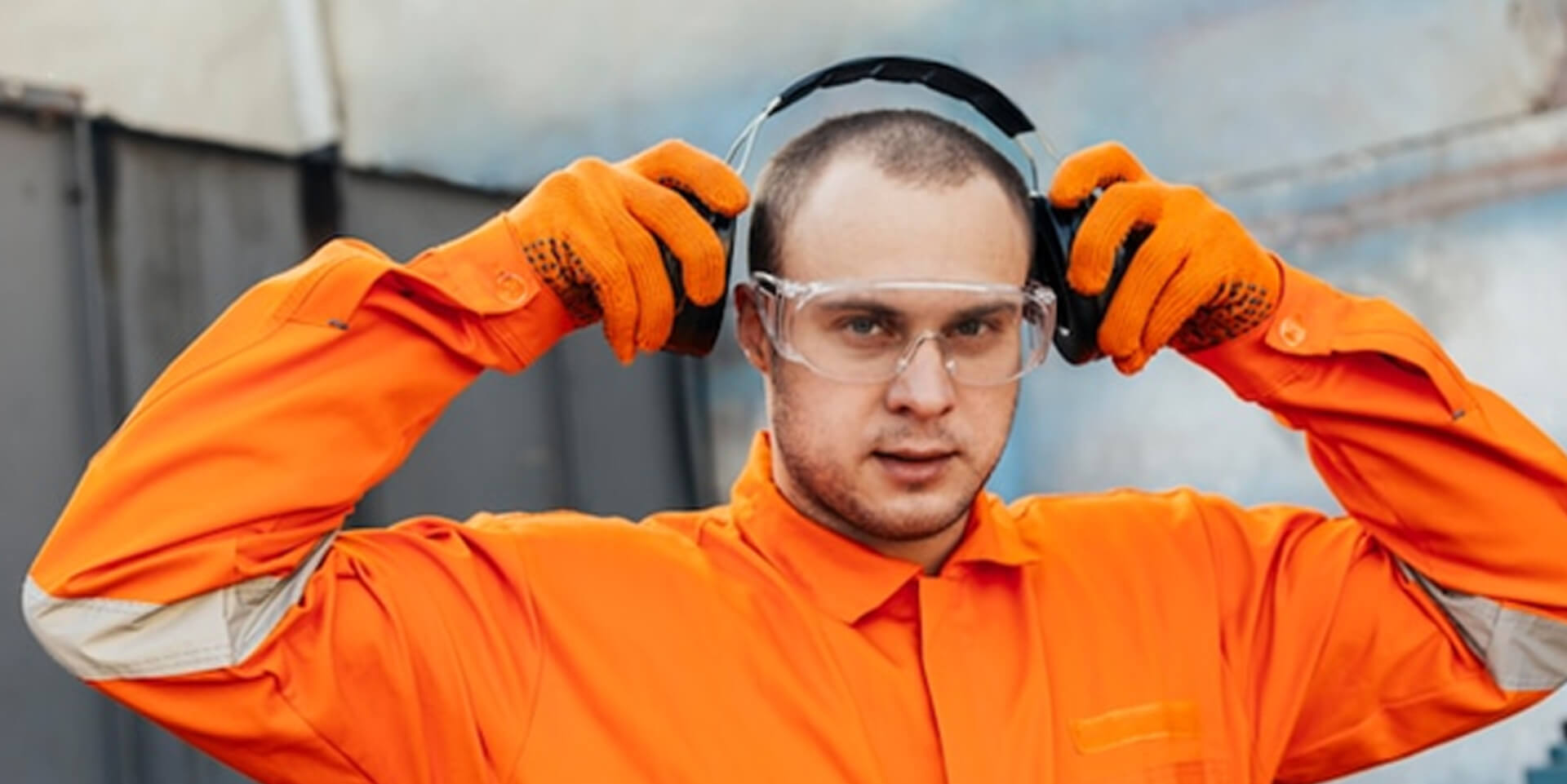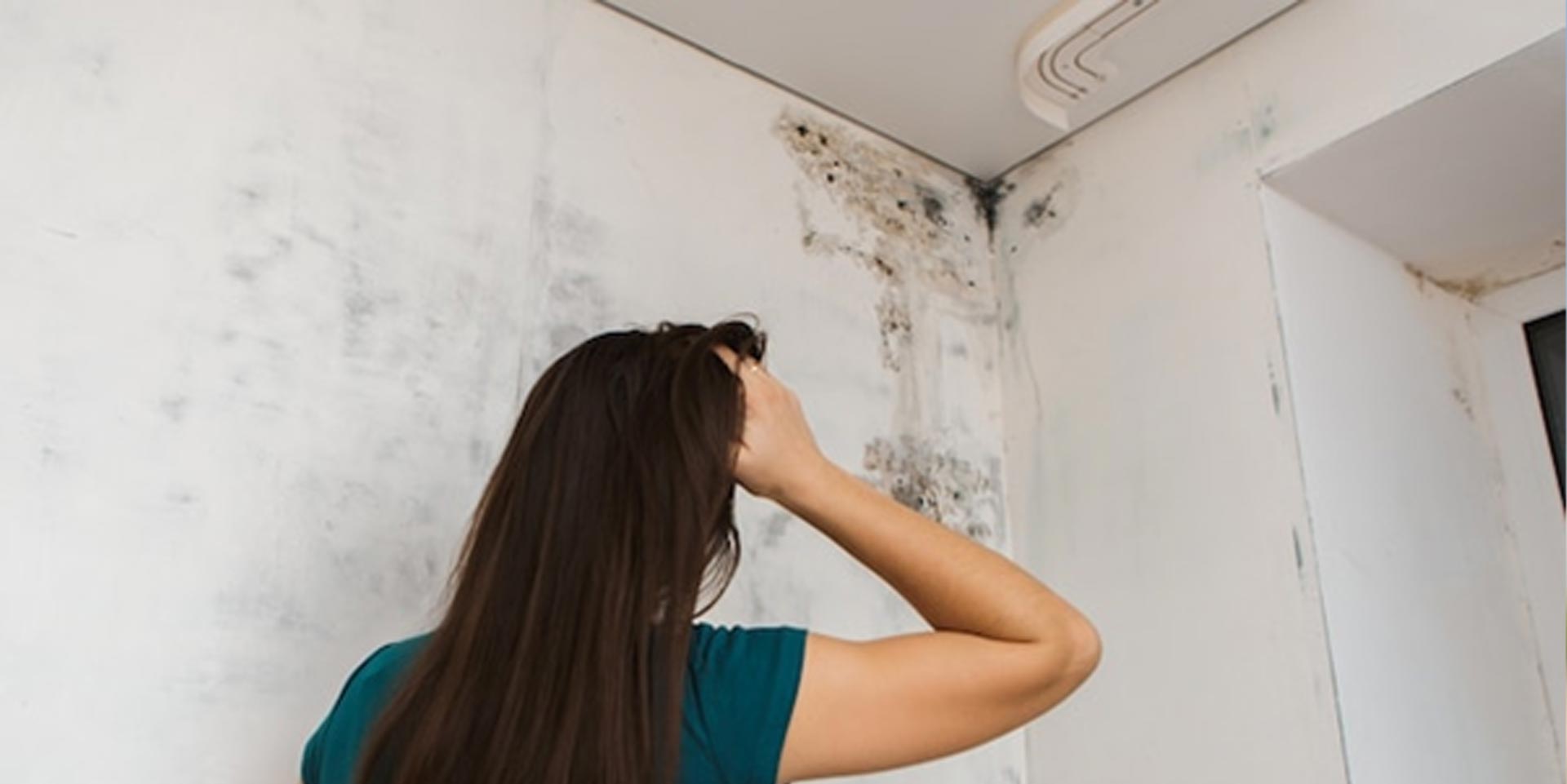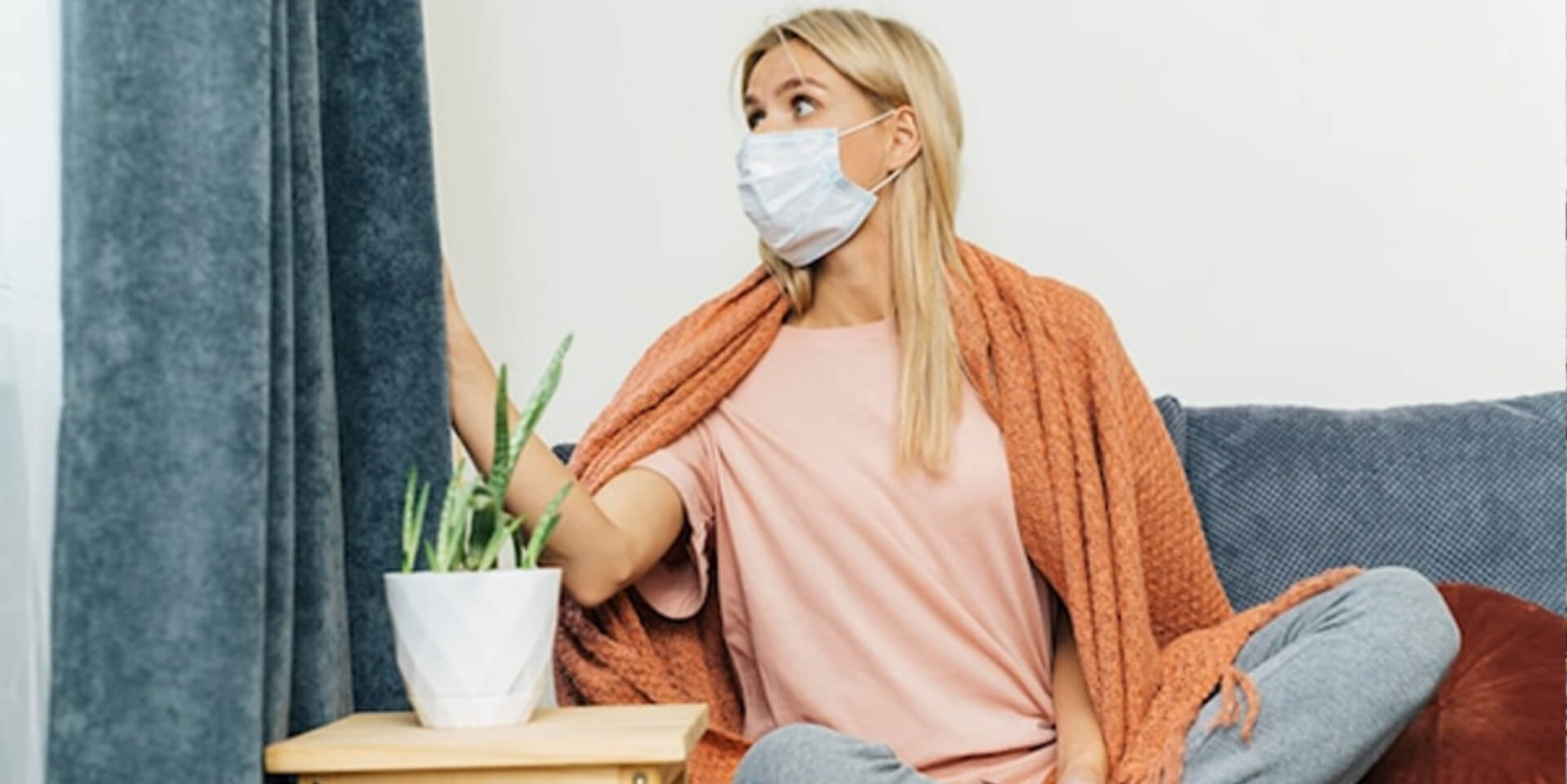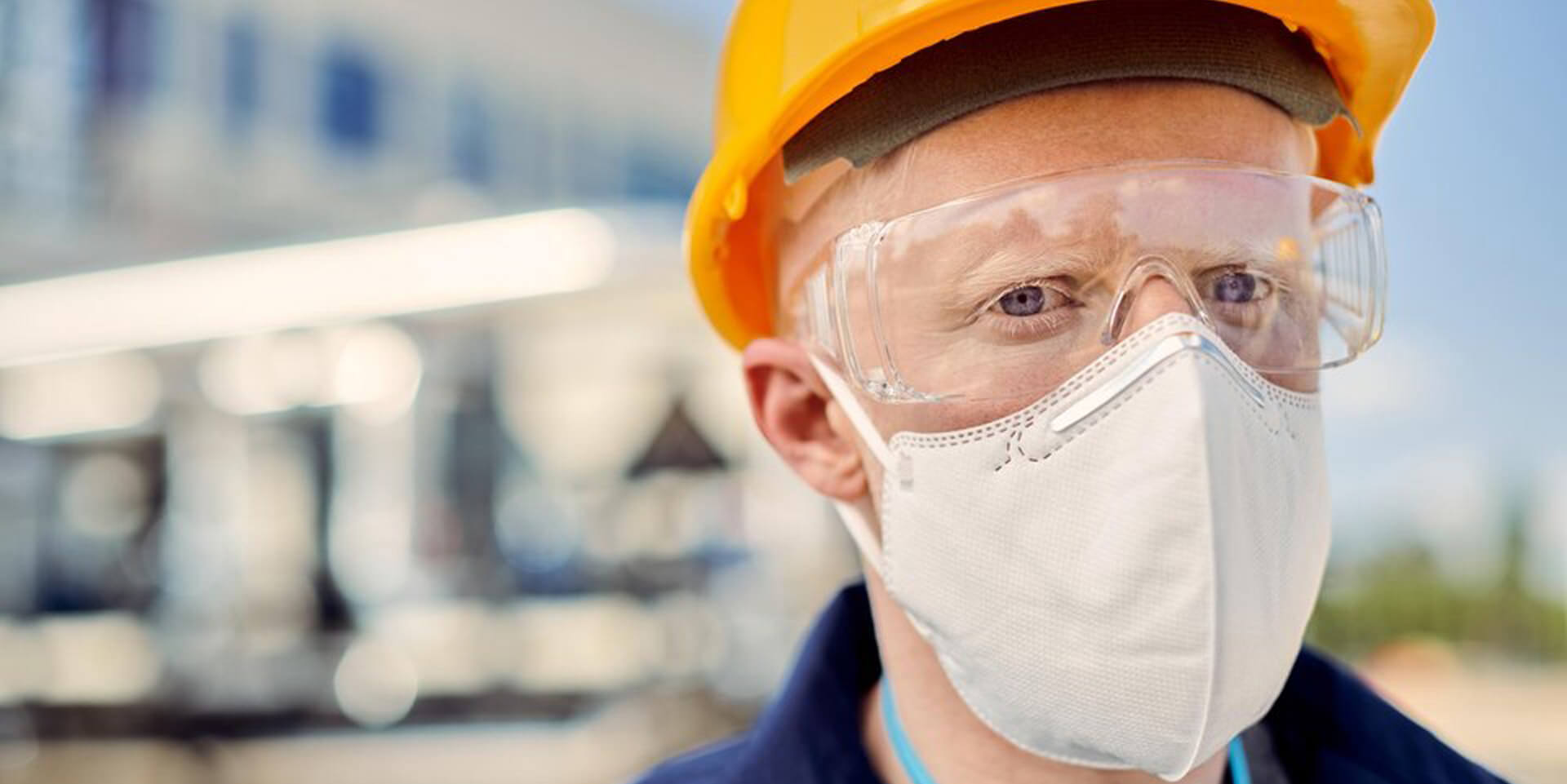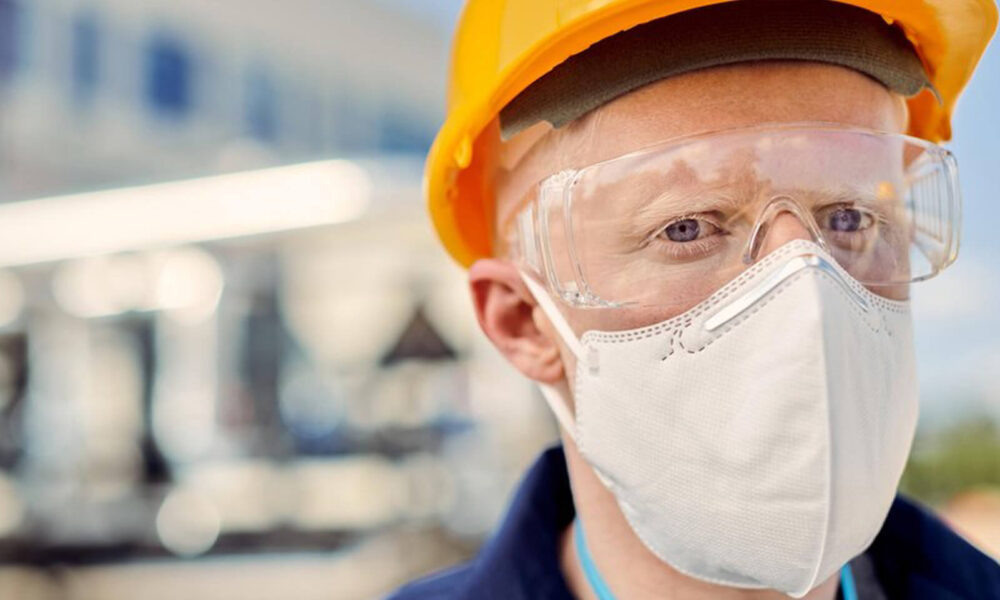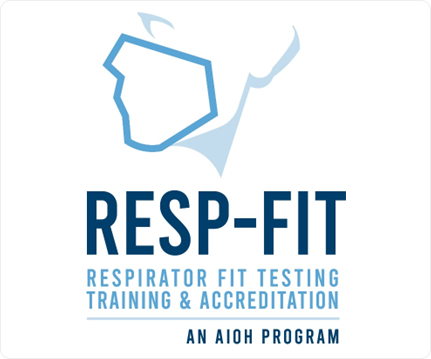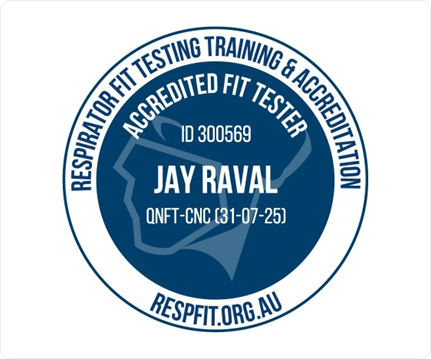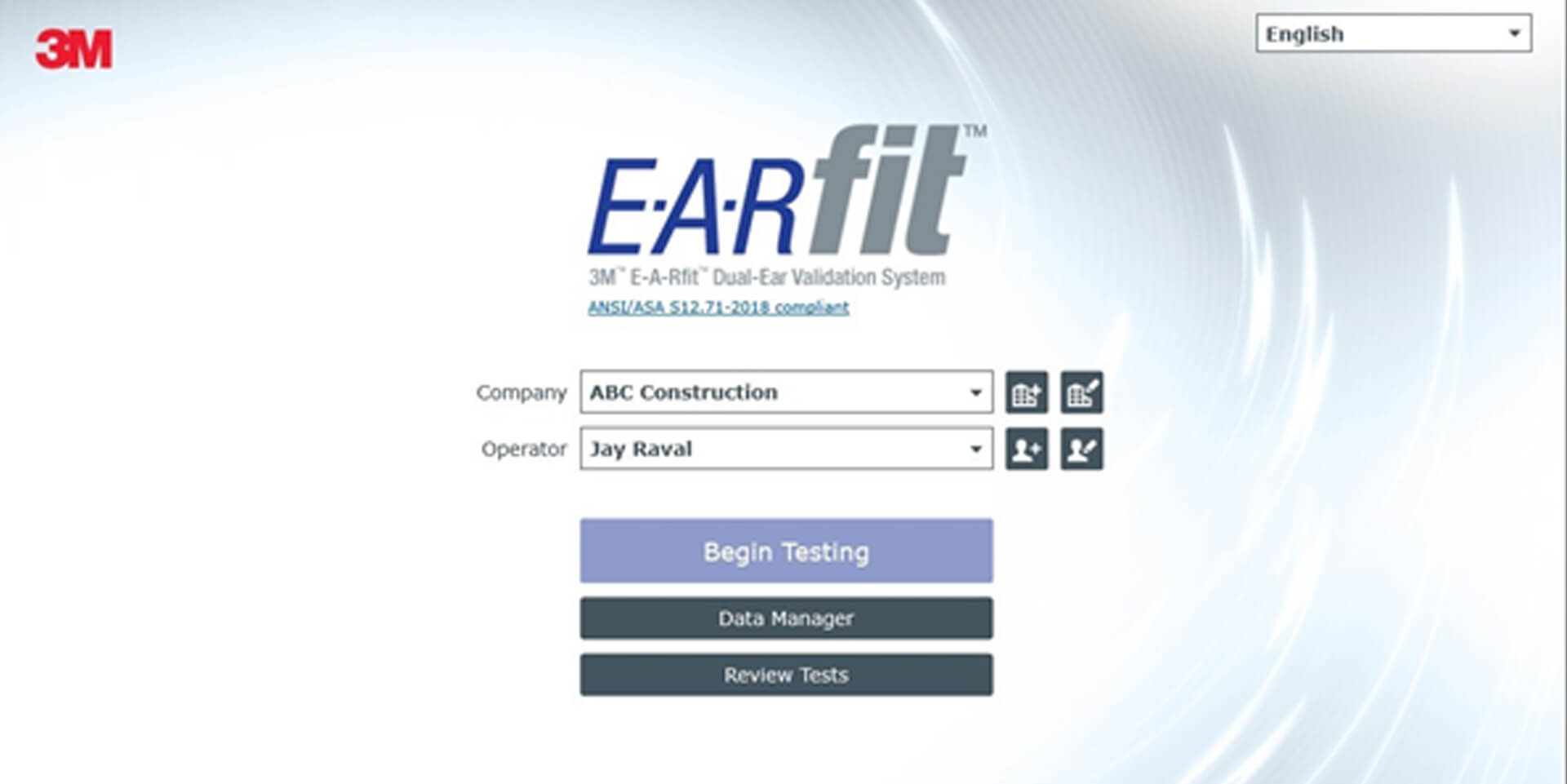Asbestos air monitoring is carried out to check the airborne concentration of asbestos fibres in the air during and after the completion of the asbestos removal work. It is also a compliance requirement to have asbestos monitoring in place for friable asbestos removal. All asbestos air monitoring work must be carried out by a competent person, i.e., a licenced asbestos assessor or occupational hygienist.
Respirable asbestos fibres can get airborne during demolition and asbestos removal activities. Respirable fibres can penetrate deep into the lung and repeated long-time exposure cause adverse health effects. Asbestos is a known human carcinogen and exposure to asbestos fibres can cause asbestosis, lung cancer, mesothelioma, and plural plaques.
Asbestos air monitoring provides airborne concentrations of asbestos fibres during and after the asbestos removal work. It is important to make sure that air monitoring is carried out to ensure the health and safety of workers and property occupants. IOHC has a team of occupational hygienists and licenced asbestos assessors to assist with air monitoring and asbestos clearances. All asbestos air samples are analysed by a NATA-accredited independent laboratory.
Need more information download Code of Practice: How to Manage and Control Asbestos in the Workplace
Download Now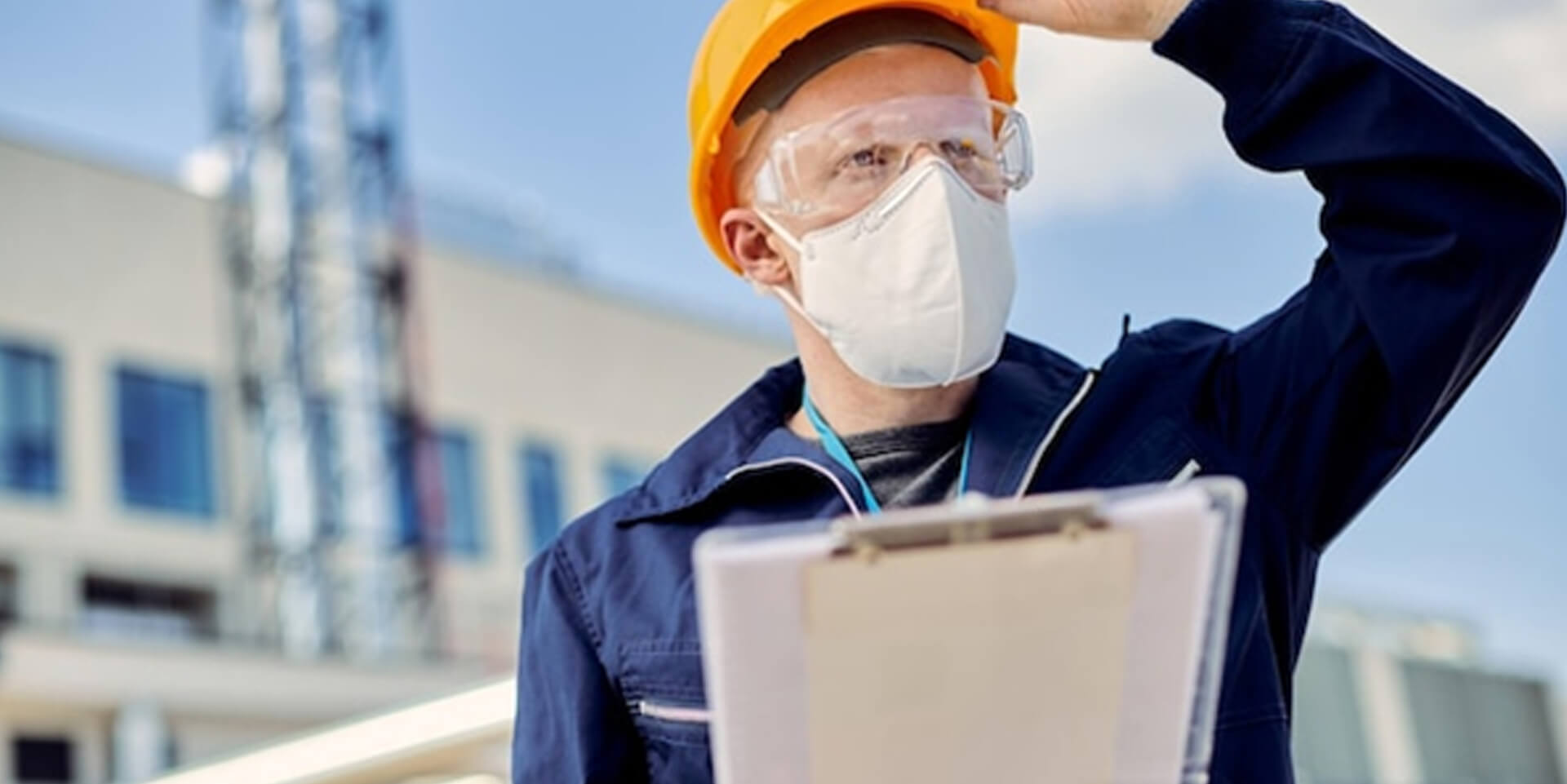
AIOH consultants can provide asbestos inspection services to identify asbestos-containing material in the property. Our services include visual inspection and surface samples for laboratory analysis, assistance in preparing an asbestos removal plan and air monitoring during removal if required.
IOHC can also audit and update current asbestos management and asbestos removal plans. Our comprehensive report includes a list of locations with asbestos-containing materials and management strategies. We can also provide inspection, air monitoring, laboratory assessment and clearances for asbestos in soil.
Businesses must make sure that they have a current asbestos register and management plan in place if asbestos is present in the building. We can assist in preparing and reviewing the current register and management plans. We can also provide inspection services to identify asbestos-containing material by visual inspection and laboratory analysis.
Asbestos register and management plans must be reviewed at least every five years to ensure it is up to date. IOHC can assist businesses by identifying asbestos and preparing register and management plans and we can also review existing asbestos registers and management plans.
Do you have Questions?
Call our office, our qualified hygienists are here to help.
